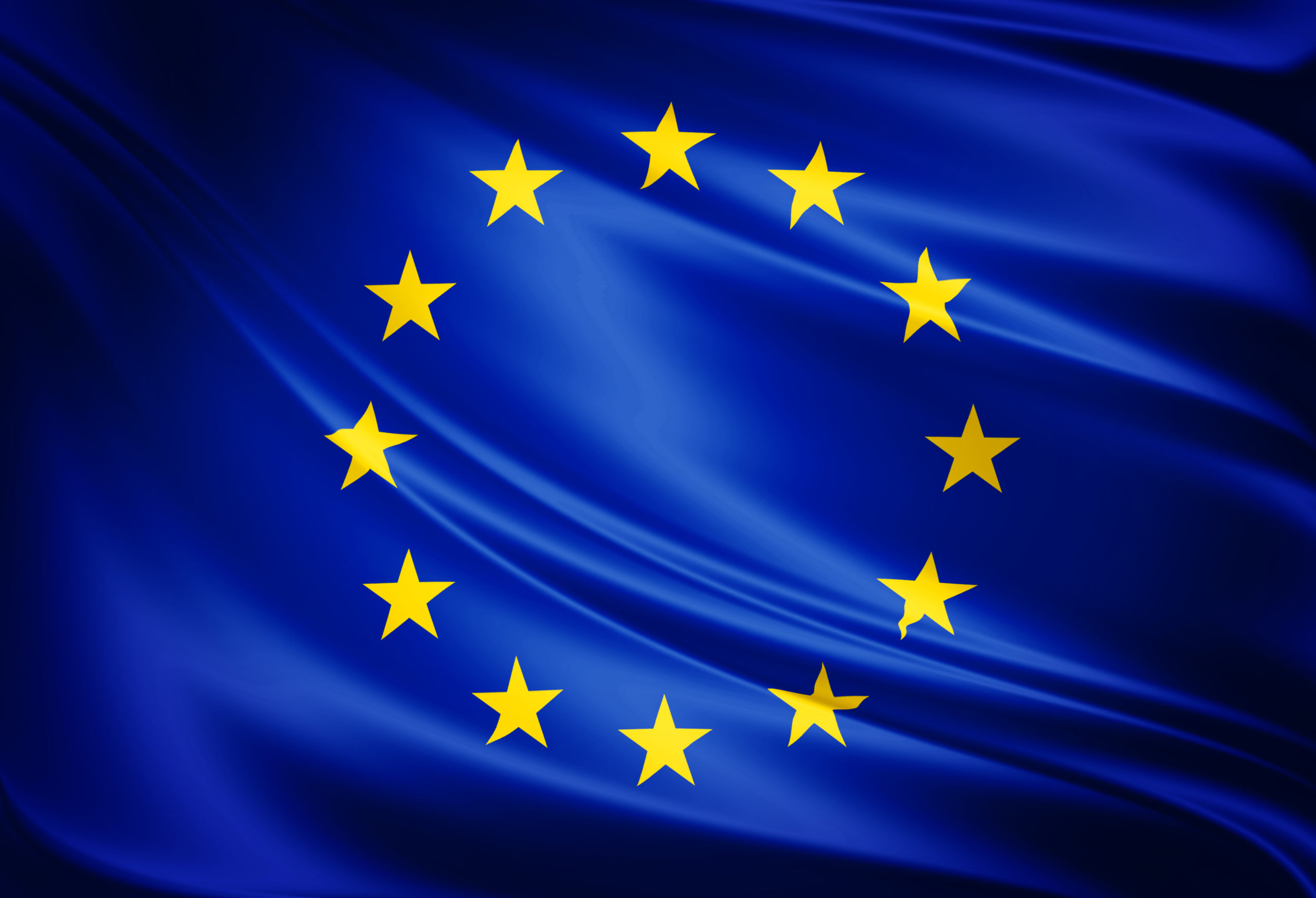Data is experiencing vertiginous growth: the volume of data managed by companies doubles every two years. And this trend is accelerating.
In parallel, the level of risk is increasing exponentially. Malicious individuals are strengthening and pursuing their destabilization activities.
Ransomware, in particular, has multiplied in 2022, especially targeting local authorities and healthcare institutions with significant impacts.
Large corporations, SMEs, healthcare facilities, local authorities—no organization is immune to such disasters.
In this context, data security is one of the major challenges faced by organizations that handle personal, sensitive, or strategic information.
It is indeed crucial to ensure the protection of this data against unauthorized access, breaches, cyber attacks, and cases of human negligence—events that can significantly harm the company, with a particularly high financial (and reputational) cost.
This challenge becomes even more complex as sensitive data is now fragmented, distributed across the entire information system and applications (on-premise machines and servers, public or private cloud services, local Edge infrastructure, etc.).
In this article, we aim to answer a key question for businesses—what is data security?—by addressing the various aspects of this issue: challenges, risks, best practices, and solutions dedicated to the security of personal or professional data.
What is Data Security?
The concept of data security encompasses all means employed to protect digital information against unauthorized access, compromises, and theft throughout its lifecycle.
With a triple objective: guaranteeing the confidentiality, integrity, and availability of the organization’s data—whether it’s sensitive and/or strategic information or personal data collected from customers or partners.
This data protection approach extends to all aspects of information security, including the securing of physical and material infrastructures (computers, external storage media, servers, network infrastructure…), the security of information systems and applications, access control, traceability of actions performed by users, internal policies (procedures and best practices in data security), and data sovereignty.
Secure collaboration
Share your sensitive documents in a secure environment.

The information security policy implemented to protect data within a company also applies to the entity responsible for processing information when different.
For example, a Cloud services provider must apply essential security measures to ensure the confidentiality, integrity, and availability of the data it manages.
What is Secured Data?
By definition, secured data is data sheltered from any computer or human risk: loss, theft, data breach, human negligence, malicious acts, fraudulent use, corruption or compromise of information, vulnerability to disasters affecting premises or servers, or legal actions taken by authorities (as in the case of the Cloud Act in the USA, for example).
Why is Data Security Crucial?
In a context where the quantity of data that companies produce, manipulate, and store continues to increase, a policy of good data governance is more necessary than ever.
A Fragmented IT Environment and Elevated Risks
Beyond the hyperbolic increase in data volume, it is essential to note that the IT environment is more complex than before: on-site machines, online storage services (public Cloud, private Cloud, or hybrid Cloud), network-attached storage (NAS) servers, local Edge infrastructure, and more.
As a result, the perimeter to secure is increasingly vast, and this fragmentation multiplies the number of entry points for cybercriminals.
Moreover, risks are both more diverse and sophisticated, including cyberattacks, malicious acts, internal negligence, and more.
Stolen data leads to ransom demands, public disclosure, resale on the Dark Web, or fraudulent use by cybercriminals (such as with banking data).
For the company, these data security failures have an impact on reputation: trust is eroded in an organization with a porous security policy.
Users More Attentive to Personal Data Protection
Simultaneously, consumers are now more attentive to the protection of personal data. Regulations have emerged to address these recent challenges, exemplified by the GDPR at the European level.
Data Protection: Financial Risks Not to be Neglected
Financial considerations are also integral to data security issues. The commercial value of data has never been higher.
A data breach can have significant consequences, including the reconsideration of commercial agreements or the loss of intellectual property.
The average cost of a security breach is €4.05 million in 2023 (Cost of a Data Breach Report, IBM), and €4.8 million for organizations relying on complex information systems.
In addition, monetary sanctions imposed by authorities on companies that fail to meet GDPR requirements for user data protection can reach up to €20 million or 4% of the global annual revenue.
What Risks Threaten Sensitive Business Data?
The risks facing sensitive data in businesses are both more varied and sophisticated than in the past, requiring the implementation of increasingly effective security solutions.
Here are the three most common types of cyberattacks to consider in your data security policy.
Theft of Sensitive Data
The theft of personal or professional data can take various forms:
- Obtaining a user’s password to infiltrate the information system.
- A so-called “man-in-the-middle” attack, where a third party inserts themselves into a communication network to intercept confidential exchanges.
- Scams exploiting the credulity of employees, such as the “CEO fraud” where a hacker manipulates a user into disclosing information.
- The use of malware (malicious software) to collect information within the information systems of companies.
Phishing Attacks
The practice of phishing involves impersonating a third party to prompt a user to disclose personal or professional information, open an attachment containing malware, or click on a link leading to an insecure page.
Ransomware
Ransomware poses a significant challenge to data security. It operates on a straightforward principle: a hacker blocks a company’s information system or an employee’s workstation, or restricts access to personal or professional data, and conditions the resolution of the issue on the payment of a sum of money. Small and medium-sized enterprises are particularly vulnerable to this type of attack.
GDPR: What is it?
The General Data Protection Regulation (GDPR) is a European regulatory text that governs the collection, processing, and storage of personal data in all member countries of the European Union.
Enforced in 2018, it provides organizations with recommendations to ensure the security of personal data and best practices for identifying risks in advance.
Ensuring the Security of Computer Data
To ensure the security of digital data, companies must rely on these pillars:
- Choosing a secure cloud infrastructure for sensitive data (private cloud, qualified cloud, etc.).
- Implementing secure collaboration tools (secure by design solutions, trusted software, certified and/or qualified for a protected work environment).
- Optimized management of cyber threats (detection tools, crisis management protocol, business continuity or recovery plan, subscribing to cyber risk insurance, etc.).
Best Practices for Data Security
There are numerous best practices for data security that address various aspects of the issue, including the protection of systems and applications, identification and management of risks, implementation of controls, etc.
- Not all data requires the same level of security, so here is a selection of approaches to prioritize within your company to protect your most strategic data:
- Identification of sensitive data within the organization and the establishment of an internal classification system.
- Regular updates of applications, software, and operating systems to incorporate the latest security patches continually.
- Use of technologies that enhance data security, such as antivirus programs, firewalls, VPNs, etc.
- Management of access to information systems and collaborative tools to ensure that only authorized individuals can handle sensitive data.
- Implementation of an internal policy for managing cyber risks, including regular checks to secure databases: security status assessments, detection of abnormal behaviors and threats, preventive controls, and alert systems for non-compliance with security rules.
- Employee awareness of data security and its importance, accompanied by concrete training that presents best practices to adopt. Examples include regularly changing passwords, not opening suspicious emails or clicking on unknown links, avoiding insecure websites, never disclosing sensitive information electronically (even if the request comes from a superior), etc.
- Regular backups of sensitive and strategic data to enable quick restoration in the event of a disaster or attack.
Of course, these data security best practices would be ineffective without the use of perfectly secure collaborative tools.
Data Security Solutions Adapted to Businesses
As we’ve seen, the issue of data security encompasses various challenges: the increasing volume of data, data fragmentation across multiple platforms and systems, escalating cyber risks, and the issue of data sovereignty.
Secure cloud solutions, whether software or infrastructure-based, must address all of these challenges. To achieve this, they need to meet several conditions:
- Centralize and consolidate data from various sources.
- Ensure the confidentiality and integrity of data through encryption technologies and enhanced authentication mechanisms.
- Guarantee the availability of information under all circumstances.
- Allow for granular management of access and permissions.
- Enable complete traceability of actions performed on stored or exchanged files.
- Ensure compliance with regulations such as GDPR, eIDAS, NIS2, etc.
- Adapt to the company’s evolving needs in terms of data flow evolution, platform and tool diversification, and security policy.
- Provide a level of security tailored to the criticality of data through appropriate certifications such as ISO 27001, 27701, HDS, etc.
- Host data in a European Union country through a 100% European provider (with European funds, European headquarters) to immunize them against extraterritorial laws.
To address all these challenges, explore the trusted collaborative solutions offered by Oodrive. We develop secure European software that allows organizations to collaborate, communicate, and streamline their activities.
Our HDS and ISO27001/701 certified tools meet the highest levels of security, trust, and compliance expectations.









